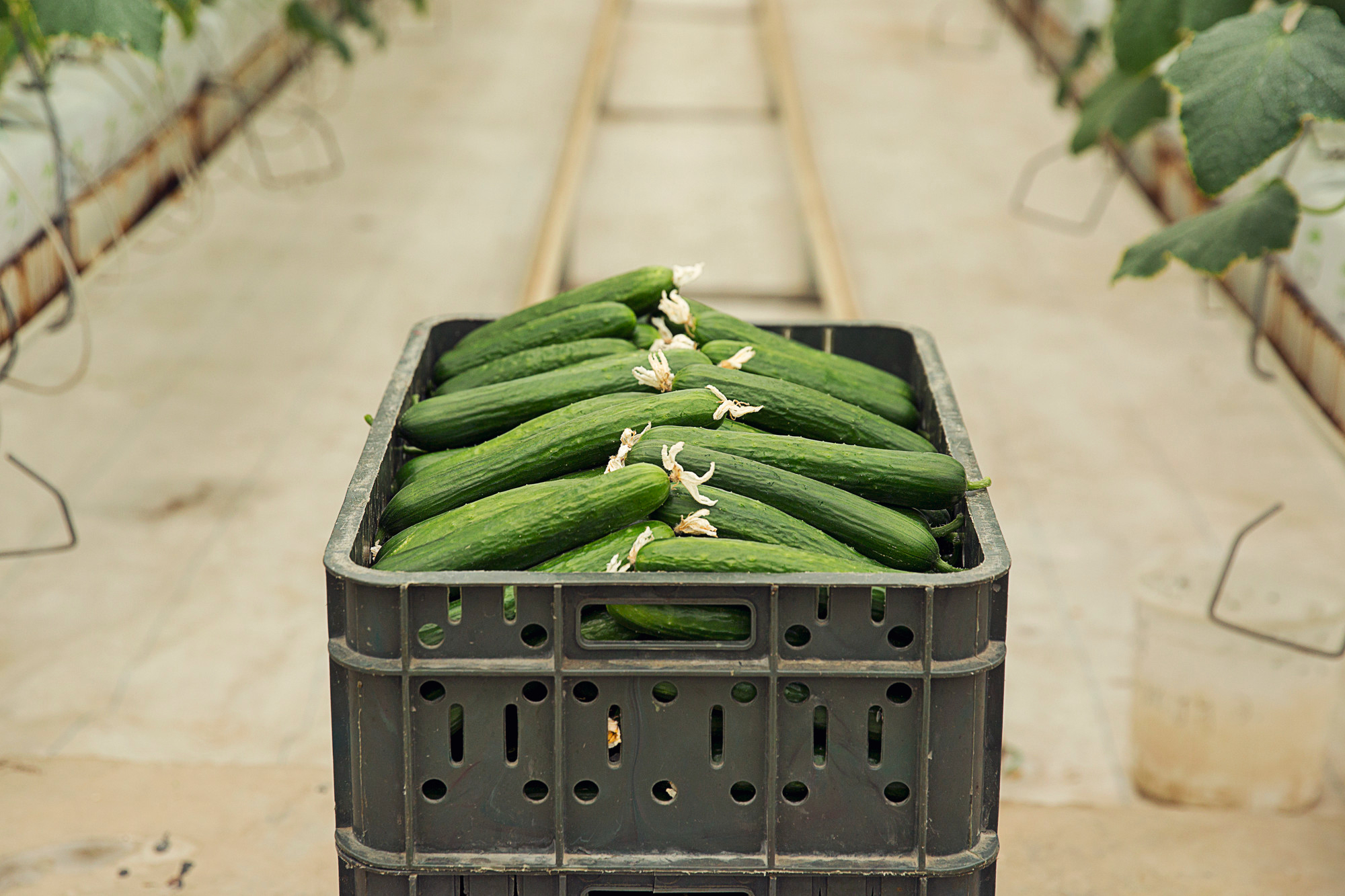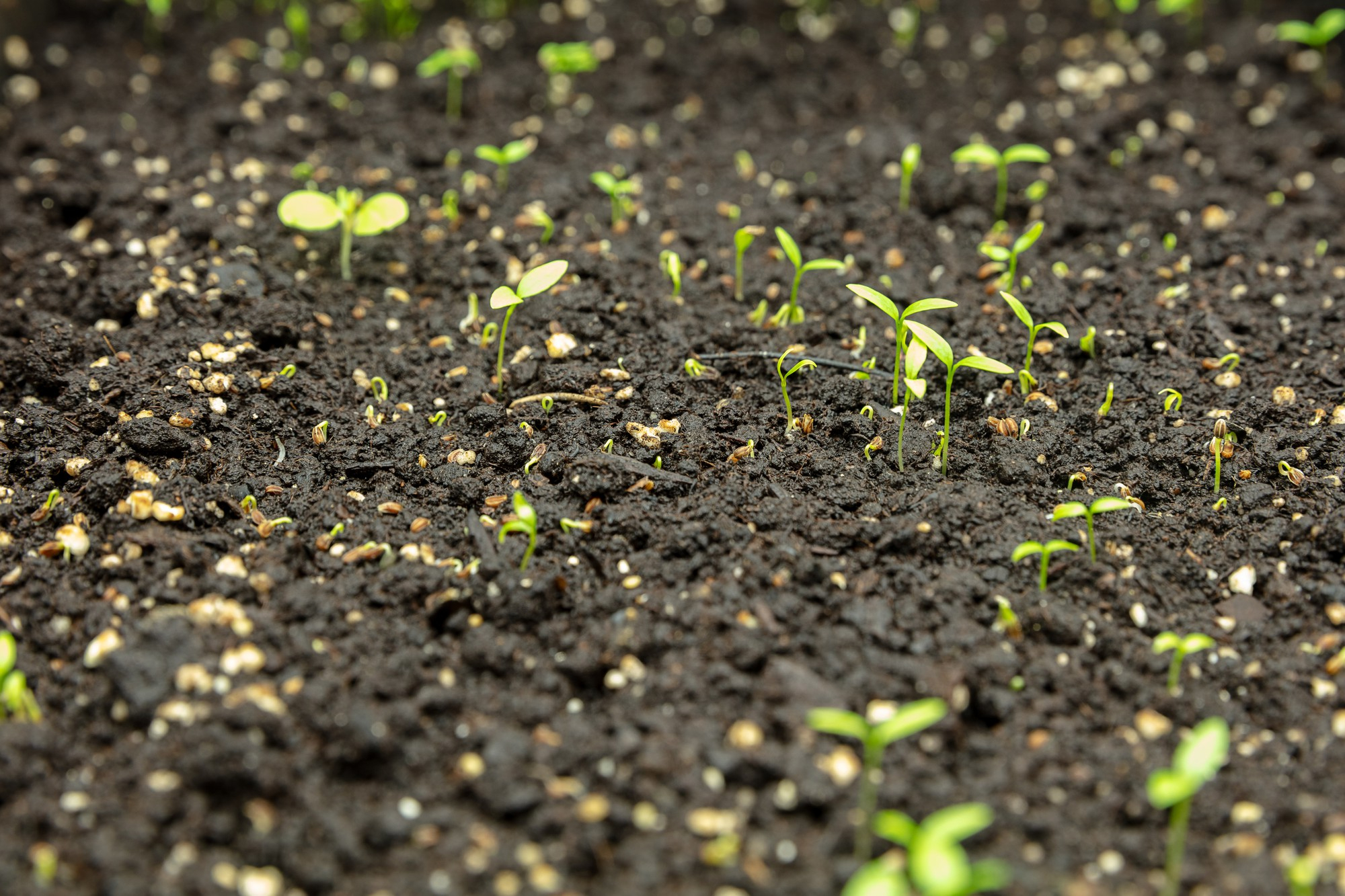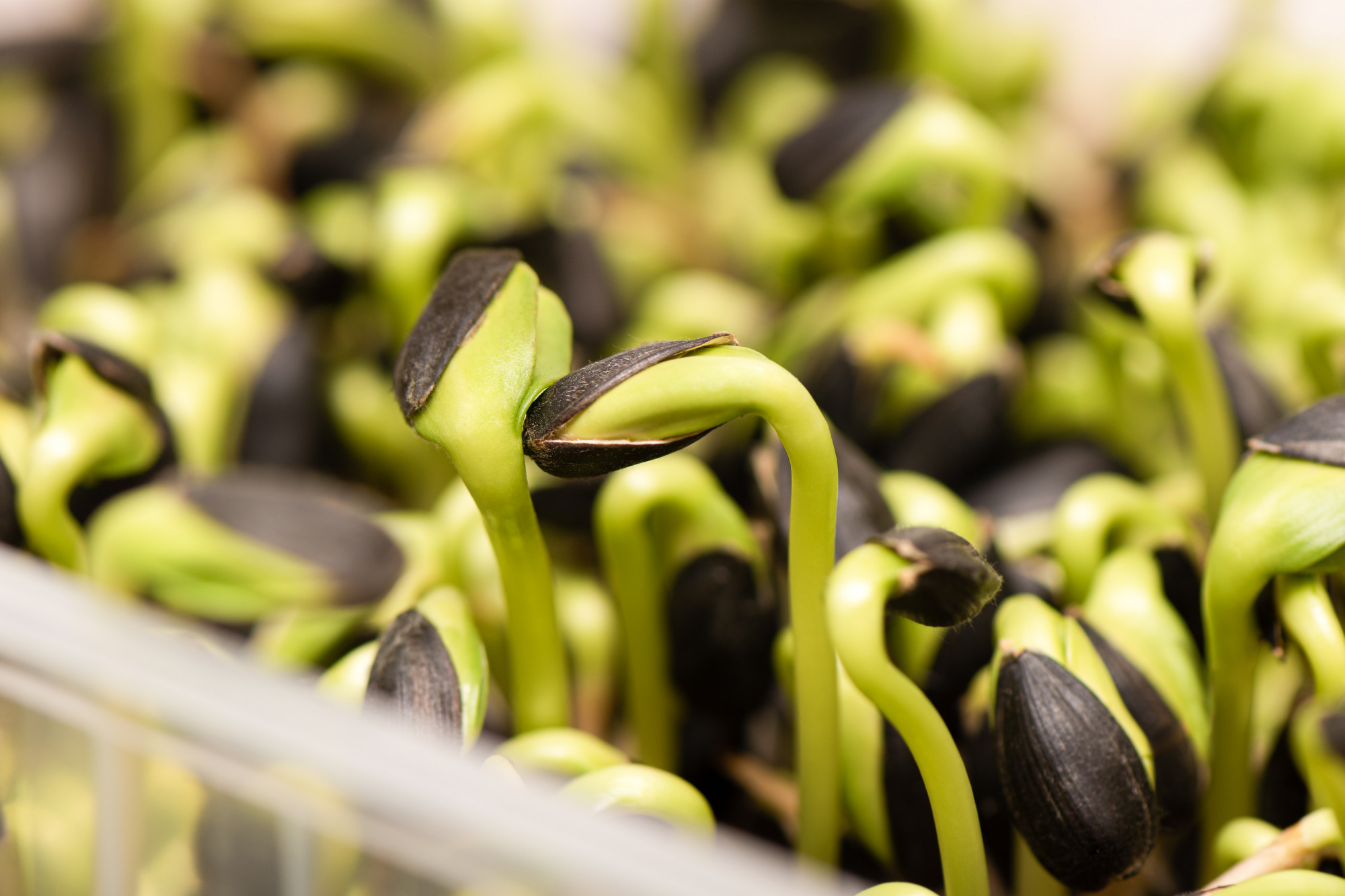Crop Maintenance
Maintenance
Ensure Stable Yields

Crop yield is the measure of seeds or grains which is produced from a given land plot. It is usually expressed in kilograms per hectare or in bushels per acre. Such an indicator as the average crop yield per acre serves as the evaluation of a farmer’s agricultural output on a particular field over a specified time period. It is considered to be probably the most important measure of each farmer’s performance, as it embodies the result of all the efforts and resources invested by agrarians in the development of plants on their fields. Given this, no wonder that most farmers find themselves in a constant quest called “How to increase the average crop yield per acre how previous experience and advanced technology can be effectively combined to improve agrarians’ performance.


Quality Of Seeds
Agricultural productivity depends on the quality of seeds with which farmers sow their fields. Therefore, in order to increase crop yield on their farmlands, agrarians are recommended to sow only certified seeds that have passed all the necessary quality controls. Certified seeds may cost higher than those that do not have certification, but the result will be worth it, because the proper quality of seeds is one of the main factors that affect crop yield. Besides that, planting only high-quality seeds represents one of the eco friendly methods to increase crop yield. If needed, a farmer can check the quality of particular seeds by referring to a relevant seed company and requesting it to conduct special trials on a given land plot.


Field Productivity Zoning
Before sowing, it is important for a farmer to understand productivity of the field that is to be sowed and, if applicable, define specific areas where plants grow better. This process is called variable rate application. In this way, a grower can plant seeds more densely in the areas with greater productivity, potentially getting increased crop yield, and do not waste them much in the zones with low productivity. Also, such zoning allows farmers to properly treat the field areas with lower productivity and take all necessary actions to increase soil fertility and its overall important characteristics to grow a particular plant. Today’s technologies allow farmers to carry out such productivity zoning of their fields faster and more efficiently than before. For this purpose many agrarians use the EOSDA Crop Monitoring software. With its high-precision technology and satellite-driven data, the growers can generate field productivity maps based on the historical data and, thus, clearly identify the areas with the highest and the lowest productivity on a given farmland.
- Field productivity zoning refers to the practice of dividing agricultural land into zones based on productivity levels. This allows for more efficient resource management and better targeted farming practices.
- Zoning uses data from soil types, climate, crop performance, and historical yield data to create distinct productivity zones. apply fertilizers, pesticides, and irrigation only where needed, reducing waste and increasing efficiency.
- Zoning contributes to environmental sustainability by preventing over-farming in less productive areas and reducing runoff and soil degradation, variable rate technology (VRT), enabling farmers promoting healthier ecosystems.
- By optimizing inputs like water, fertilizer, and labor, field productivity zoning helps reduce operational costs. This approach minimizes over-application of resources, leading to better sustainability.

Farming Crop Maintenance

- Efficient Irrigation Systems and Techniques Management .
- Weed Management and Prevention Control Strategies.
- Pest Control and Natural Organic Solution.
- Soil Fertility and Nutrient Management Practices.
- Crop Rotation and Soil Health Improvement.
- Fertilizer Application and Timing Best Practices.
- Disease Management and Prevention Control Methods.
Crop maintenance is a vital component of organic farming, focusing on maintaining soil health, preventing pest infestations, and ensuring optimal growth conditions for crops. It involves regular monitoring, sustainable practices, and hands on interventions like irrigation management, and pest control. crop maintenance in organic farming emphasizes the use of natural fertilizers, compost, and cover crops to enhance soil fertility promote biodiversity.
Monitoring Crops Growth & Maintenance
- From the early stage of development through budding and up to harvesting.
- It is very important to monitor plant health in order to timely detect any problem.
- Regular monitoring of land plots, for instance, allows farmers to easily.
- Status of plants and carry out crop yield estimation using remote sensing.
- Provides key information to decide on possible interventions needs of crops.
Accurate Weather Prediction & Farming
- The average crop yield on a given field is conditioned by weather factors.
- By the same quality of soil and the same species of seeds planted.
- Especially true when considering how climate change affects agriculture.
- To work efficiently with such an important but uncontrollable factor Weather.
- protecting their crop yield from possible damages caused by weather extremes.
